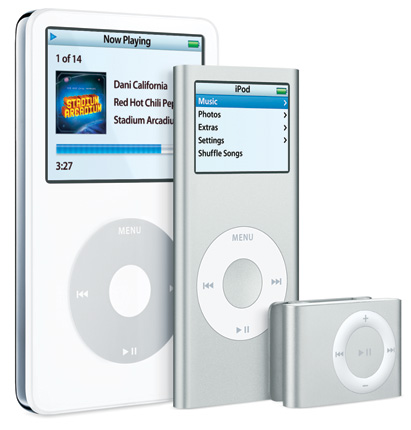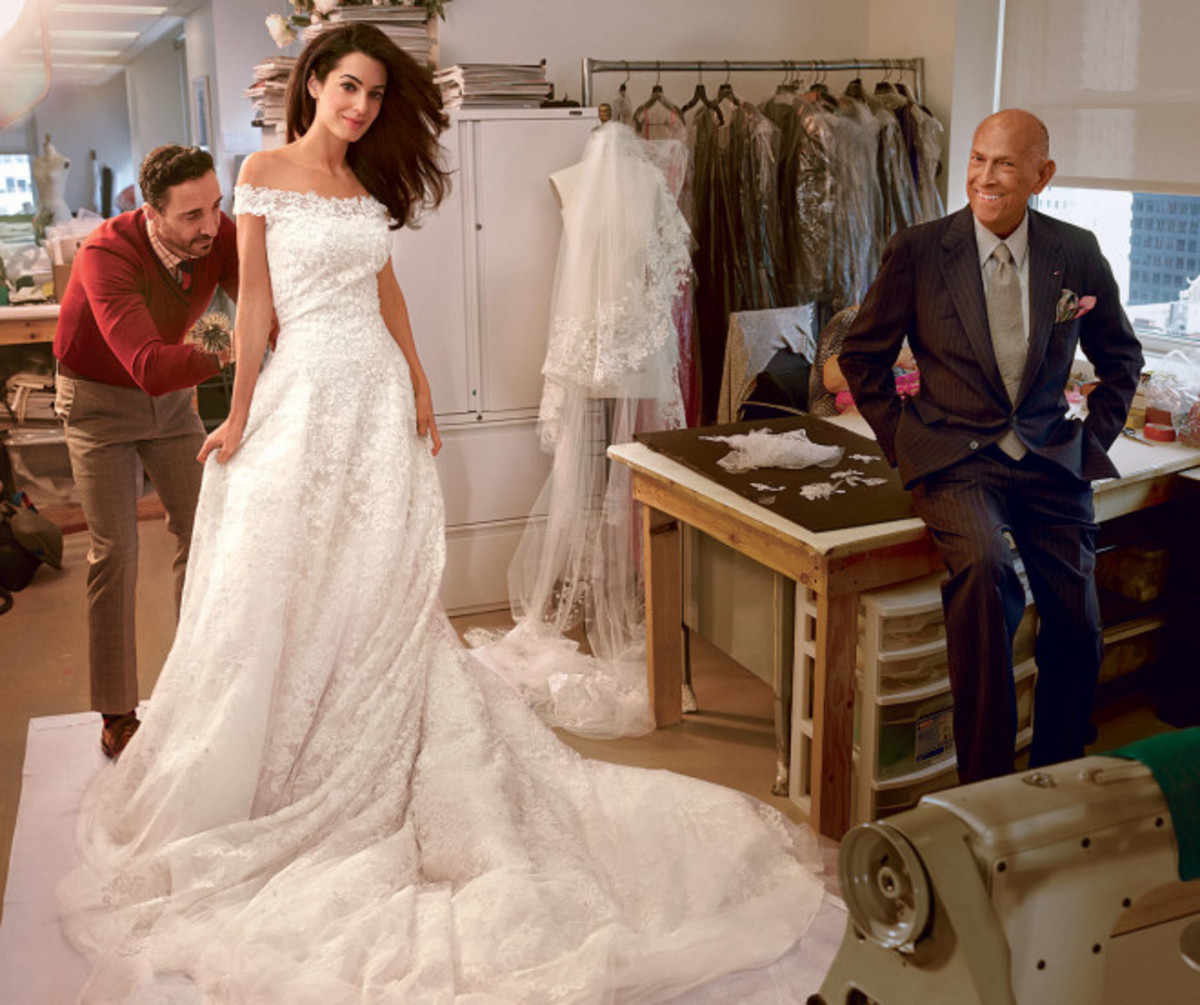How to Design a Beautiful Website/Logo/Flyer - 5 Guidelines
I don't know if I was born with a passion for design or whether I developed a passion for it as I grew older. All I know is that I almost have a physical reaction (akin to salivation but more cerebral) when I see something that is designed well. If the thing that is designed well does not have an exorbitant price tag, so much the better.
I can be awestruck by something as grandiose as the lobby of a 5 star hotel or even an inexpensive but gorgeous paisley-designed-made-in-china notebook at the dollar store. I am inspired by store windows in outlet malls to OXO good grips kitchen utensils. I go gaga over beautiful typography and drool over well designed page layouts.
When I see a badly designed flyer or billboard I actually feel sad. Sad because I know someone must have spent a lot of money on this wonderful idea that just did not get translated well.
The point I am trying to make is that good design is everywhere, in many different forms, but are all based on some essential principles. It is completely fine to break old rules but to do that I think it is important to first be aware that there are even ‘rules'.
Here are my top 5 guidelines for good design:
- Less is more...but sometimes more is more.
- When in doubt just use two colors
- Never underestimate the power of nothing
- Just because you can doesn't mean you should
- We do not steal from the internet - we borrow.

Guideline 1: Less is more...but sometimes more is more.
Please note that this guideline is the foundation for all other guidelines.
There is much to be said about simplicity - compare the interfaces of an iPod to other older MP3 players. You don't have to put ‘everything' out there. Design something and then ask yourself, what could I take away without negatively affecting what I'm trying to achieve? And keep whittling away until you reach the essence of your design.
The opposite of this is true too. Originally cell phones were designed to do one thing. Now, if you look at the main menu of the iPhone you'll find MANY different choices. But the same principles of design apply.
I once redesigned an interface for an application for teachers by effectively removing about 20 different options and keeping just 5. We still had the options available but they were ‘hidden away'. Usage went up and the teachers kept saying how easy and intuitive the site was.
Guideline 2: When in doubt just use two colors
Women know when in a crunch about what to wear to a dinner party, a little black dress is always handy. The same rule applies with design. When trying to design an invitation for a party or a menu for a restaurant (especially a logo for a company) there is absolutely nothing wrong with just using one or two colors. A white chalk drawn daisy on a hot pink background is cute. Dark chocolate brown lettering on a beige background can be elegant and impressive for the menu of a high end restaurant. And remember, you can never go wrong with black on white or white on black. It has worked for centuries and it still works.

Guideline 3: Never underestimate the power of nothing
Often young designers feel like they need to cram everything on to a space, whether it is a flyer for a spa or a web page for real estate service. But your design can be far more impactful if you leave space around your design elements. Negative space I've found is often a difficult concept to grasp but an extremely important one.
Here's a good article about negative/white space
Guideline 4: Just because you can doesn't mean you should
Design means working with constraints. It is not about doing anything you want. Just like someone who has recently been introduced to the concept of changing fonts in Word and is suddenly creating flyers with every font imaginable crammed on to one page, often young designers feel like they need to try out every technique they've learned in Photoshop or Illustrator.
Just because you know how to bevel doesn't mean you should. Just because you know how to add a drop shadow doesn't mean that it will work for what you are doing. Just because you know how to rotate something in Flash doesn't mean you should create a spinning version of your company's logo on the home page of your website.
The tools are there to support your design. Don't let them become your design.
Guideline 5: We do not steal from the internet, we borrow.
I heard this at a workshop once from a Macromedia "evangelist" as they like to call them. "We don't steal from the internet, we borrow. We take from the internet and we put back on the internet." Not everyone has the opportunity or means to apprentice to an established artist or attend a prestigious design school. But it doesn't matter! The internet is absolutely positively teeming with resources on good design. While I don't recommend being glued to your computer for hours you have a zillion little websites that can serve as electronic mentors.
Use them! Be inspired by them! While you have nothing to gain (and a lot to lose) by copying a site or a logo pixel by pixel you can learn a lot by identifying little elements that you like or color palettes that work well together.
I do not claim to be a great designer. I am not even a very experienced one. But I did want to share what I know about design from working with clients that I wished someone had shared with me. Do you have other guiding principles? I'd love to hear them. Do you disagree with mine? Let me know. Better yet - leave a link to your portfolio. I promise I won't ‘steal' any ideas!
Resources
Here are some resources to get you started. In keeping with my "Less is more philosophy" I am only going to include three!
Design Museum - Get inspired by the fathers (and mothers) of modern design. There are some cool and surprise interviews here.
Smashing Magazine - A cool and well laid out site about all things related to web design
Edward Tufte - Try to get your hands on a copy of his famous book.
A List Apart - tips and advice from 'pros'









